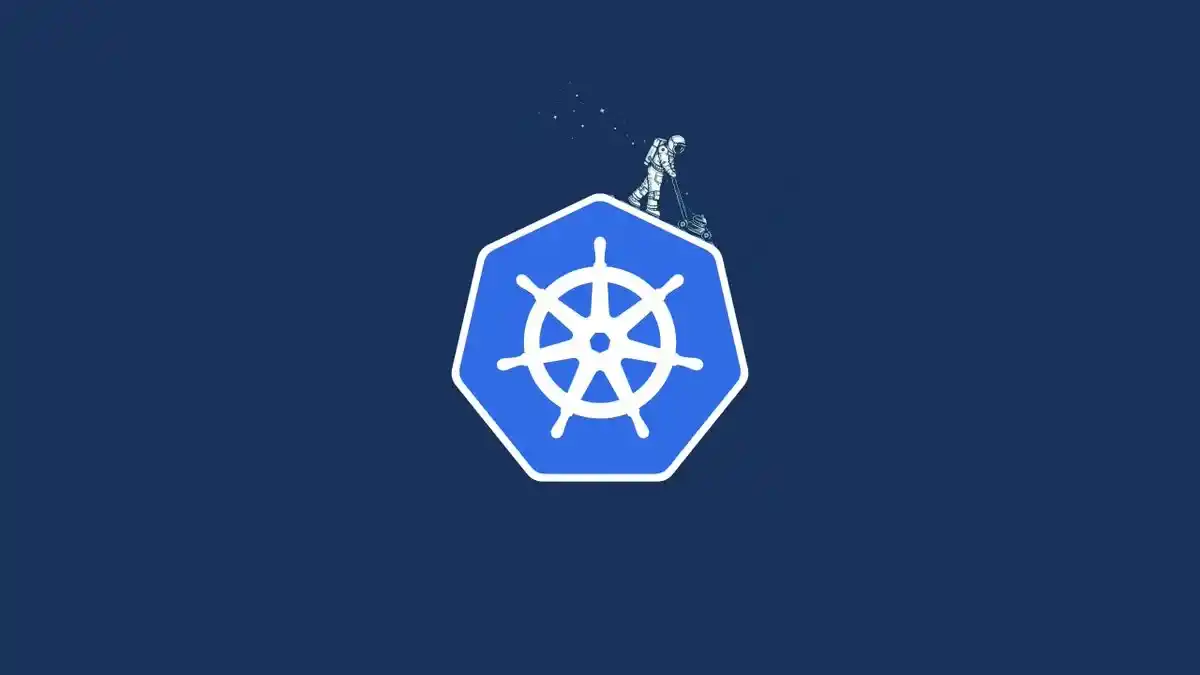Kubernetes & AI/ML Boosting Containerized Workloads 2024
Explore how Kubernetes orchestrates AI/ML workloads through containerization. See the future of integrated container management in 2024.

The future of AI/ML undoubtedly lies in containerization, with Kubernetes acting as the central conductor for managing and orchestrating these containerized workloads. As 2024 progresses, we can expect even deeper integration between these two transformative technologies.
The convergence of Artificial Intelligence/Machine Learning (AI/ML) and containerization technologies is a significant development propelling the field forward in 2024.
A recent report by Altoros indicates that machine learning workloads now constitute a staggering 65% of deployments on Kubernetes, highlighting the growing adoption of containerized ML.
The Rise of Kubernetes in AI/ML
- Scalability and Flexibility: Kubernetes provides a scalable and flexible infrastructure for deploying AI/ML workloads, allowing organizations to efficiently manage resources and scale applications as needed.
- Resource Optimization: By automating resource allocation and management, Kubernetes optimizes the utilization of computing resources, enhancing the performance of AI/ML applications.
- Portability: Kubernetes enables seamless deployment and migration of AI/ML workloads across different environments, ensuring consistency and portability.
Benefits of Containerized Machine Learning Workloads
- Isolation and Security: Containers offer a secure and isolated environment for running AI/ML workloads, minimizing the risk of interference and ensuring data privacy.
- Efficient Resource Utilization: Containers allow for efficient resource utilization by encapsulating dependencies and enabling rapid deployment of AI/ML models.
- Enhanced Collaboration: Containerization facilitates collaboration among data scientists, developers, and IT operations teams, streamlining the development and deployment of AI/ML applications.
Overcoming Challenges in Kubernetes and AI/ML Integration
- Complexity: Integrating Kubernetes with AI/ML frameworks can be complex, requiring expertise in both domains. Organizations need to invest in training and upskilling to effectively leverage this technology.
- Performance Optimization: Ensuring optimal performance of AI/ML workloads on Kubernetes requires fine-tuning resource allocation, monitoring, and tuning to meet specific requirements.
- Data Management: Managing data storage and access for AI/ML applications in a containerized environment poses challenges related to data persistence, backup, and recovery.
Examples of AI/ML Workloads That Can be Run on Kubernetes
- Distributed Training: Kubernetes can be used to deploy and manage distributed training jobs, which are often resource-intensive and require high-performance hardware like GPUs. Tools like Horovod can be integrated with Kubernetes to provide a distributed training platform that can scale to thousands of nodes.
- Model Serving: Kubernetes can be used to deploy and manage model serving infrastructure, which is responsible for serving trained models in production environments. Kubeflow is an open-source platform that provides a set of tools and APIs for managing machine learning pipelines, including model serving and monitoring.
- Batch Processing: AI/ML workloads often involve running large-scale batch processing jobs, which can be managed using Kubernetes. The platform’s ability to scale and manage resources efficiently makes it well-suited for this type of workload.
- Real-time Inference: Kubernetes can be used to deploy and manage real-time inference services, which are responsible for making predictions based on incoming data. This can be particularly useful in applications like autonomous vehicles or real-time fraud detection.
- Data Preprocessing: Kubernetes can be used to deploy and manage data preprocessing pipelines, which are often complex and require a variety of tools and frameworks. Polyaxon is an open-source platform that provides a complete ML stack for Kubernetes, including tools for data preparation, model training, and model serving.
Some Popular Kubernetes Operators for AI/ML Workloads
- tf-operator: This operator is used to train models using TensorFlow.
- mpi-operator: This operator is used for distributed training jobs using MPI.
- Kubernetes AI Toolchain Operator (KAITO): This operator simplifies running AI/ML workloads on Kubernetes, including large language models (LLMs), and automates model deployment across available CPU and GPU resources.
- Federator.ai: This operator is available on OperatorHub.io, providing a registry for Kubernetes Operators. These operators streamline the deployment and management of AI/ML workloads on Kubernetes, ensuring the desired state of your cluster and enabling developers to focus on training their models without the hassle of infrastructure management
How do Kubernetes Operators for AI/ML Workloads Differ From Traditional Kubernetes Operators
Kubernetes operators for AI/ML workloads differ from traditional Kubernetes operators in several ways:
- Custom Resources: Traditional Kubernetes operators rely on the native Kubernetes API, while AI/ML operators use custom resources (CRs) to manage services and cluster components. This allows AI/ML operators to be more specialized and tailored to the needs of AI/ML workloads.
- Domain-Specific Knowledge: AI/ML operators are designed to handle the unique challenges of managing AI/ML workloads, which often require domain-specific knowledge and expertise. This makes them more effective in managing complex AI/ML applications.
- Integration with AI/ML Tools: AI/ML operators are often integrated with specific AI/ML tools and frameworks, such as TensorFlow, PyTorch, and Horovod. This integration provides optimized workflows and streamlines the deployment and management of AI/ML applications.
- Simplified Deployment and Management: AI/ML operators simplify the deployment and management of AI/ML workloads by automating various post-provisioning tasks, such as internal configuration, ingress and egress communication configuration, and capacity scaling. They also enable service discovery for unsupported Kubernetes APIs.
- Efficient Resource Management: AI/ML operators are designed to optimize resource allocation and management for AI/ML workloads, ensuring that resources are used efficiently and effectively.
How do Kubernetes Operators for AI/ML Workloads Handle Resource Allocation and Management
- Custom Resource Definitions (CRDs): Operators define CRDs that allow users to define and manage their AI/ML workloads in a declarative manner. These CRDs are used to create, update, and delete AI/ML workloads based on the desired state specified by the user.
- Custom Controllers: Operators use custom controllers to manage the lifecycle of AI/ML workloads. These controllers are responsible for ensuring that the desired state of the AI/ML workloads is maintained, which includes scaling, auto-scaling, and managing the deployment of the workloads.
- Resource Allocation: Operators can be designed to allocate resources based on the specific needs of AI/ML workloads. For example, they can ensure that the appropriate amount of CPU, GPU, and memory resources are allocated to the workloads, optimizing their performance and efficiency.
- Auto-scaling: Operators can automatically scale AI/ML workloads based on the volume of data being processed. This is particularly useful for inference workloads, which can be resource-intensive and often require frequent scaling up or down.
- Automated Scheduling: Operators can automatically schedule AI/ML workloads to the nodes that have the required resources, reducing operational overhead for MLOps teams and improving the performance of AI/ML applications.
- Portability: Operators can be used to deploy AI/ML workloads across multiple infrastructures, including on-premises, public cloud, and edge cloud. This feature also makes Kubernetes a good option for organizations that need to deploy AI/ML workloads in hybrid or multi-cloud environments.
Future Outlook
As we look ahead to 2024, the fusion of Kubernetes and AI/ML is set to reshape the landscape of machine learning deployment. With continuous advancements in containerization technology and AI/ML frameworks, organizations can expect greater efficiency, scalability, and agility in deploying and managing AI/ML workloads. Embracing this transformative synergy will empower businesses to unlock new opportunities and drive innovation in the era of containerized machine learning.

Master Kubernetes core concepts and components for enterprise container orchestration. Learn deployment, scaling, and management best practices.

EaseCloud drives innovation through people-first culture. Discover how we foster collaboration and success in cloud computing.


